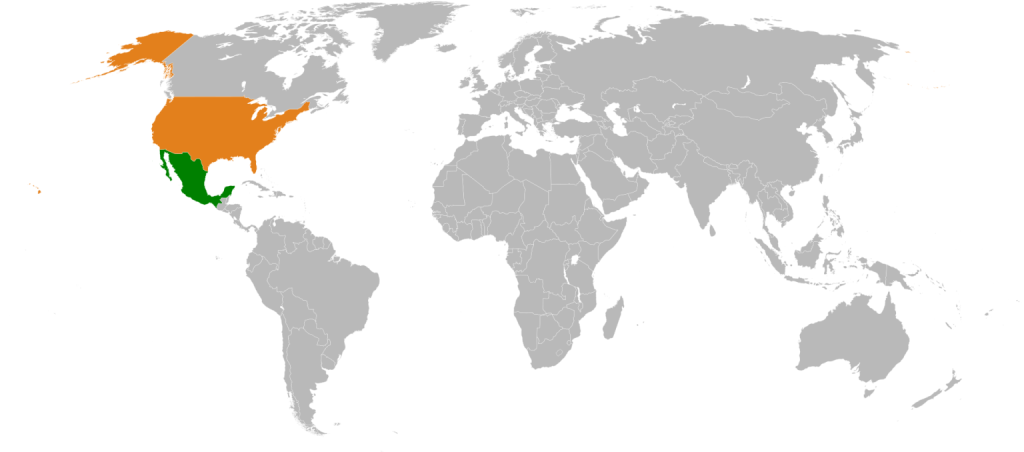The U.S. FBI (Federal Bureau of Investigation) recently retrieved a Mexican historical document which had somehow been purloined from an official Mexican archive. The FBI returned it to Mexico.
It was a nearly 500 year old document signed by none other than Hernan Cortes, the conqueror of the Aztec Empire and the founder of Mexico as we know it.

From the Smithsonian magazine: “The FBI has returned a 500-year-old manuscript page signed by Hernán Cortés, the Spanish conquistador who conquered the Aztec Empire, to Mexico’s national archives.”
“The document, which is dated February 20, 1527, details ‘the payment of pesos of common gold for expenses,’ says special agent Jessica Dittmer, a member of the FBI’s art crime team, in a statement. ‘It really gives a lot of flavor as to the planning and preparation for [uncharted] territory back then.’
“The page was once part of a larger collection of documents signed by Cortés that is housed at the Mexican archives, known as El Archivo General de la Nación.”

Source:GAED
So how’d they discover this document went missing ?
“In 1993, when specialists were preserving the documents on microfilm, they found that 15 pages had gone missing. Archivists aren’t sure exactly when the pages vanished, but they suspect that an unknown party stole them sometime between 1985 and October 1993. Before the theft, archivists had marked the pages using a wax numbering system that was only in use for a short period between 1985 and 1986.”
“Last year, Mexican officials contacted the FBI, hoping the agency’s art crime team could help locate a small piece of the manuscript: page 28.”
“ ‘With the Mexican national archive’s meticulous notes about the collection—even indicating which numbered pages went missing and the manner in which certain pages had been torn—investigators believed they could track it down through more traditional detective work,’ says the FBI’s statement.”
“Officials didn’t provide many details about the investigative process, but they say they used ‘open-source research’ to narrow down the search to the continental United States. After locating the document, they determined it had ‘changed hands several times over’ since it was first stolen, says Dittmer. As such, nobody will be prosecuted for the theft. Still, Dittmer hopes the return will send a message to potential criminals: The FBI is committed to recovering missing artworks and artifacts—even if decades have passed since the crime.”
“ ‘Pieces like this are considered protected cultural property and represent valuable moments in Mexico’s history,’ says Dittmer. ‘This is something that the Mexicans have in their archives for the purpose of understanding history better.’ ”
So what is in the document?
“The 1527 document includes logistical details connected to Cortés’ travels in what would become New Spain [name of colonial Mexico]. It’s dated to February 20, ‘just days before one of Cortés’ top lieutenants [Gonzalo de Sandoval] was appointed co-governor of the conquered territory,’ writes Reuters’ Sarah Morland.”
Here is a photo of the document. The signature of Hernan Cortes is in black at the bottom of the text in brown.

Compare that signature to this signature of Cortes from another document:

Congrats to the FBI for the swift resolution to this case.











